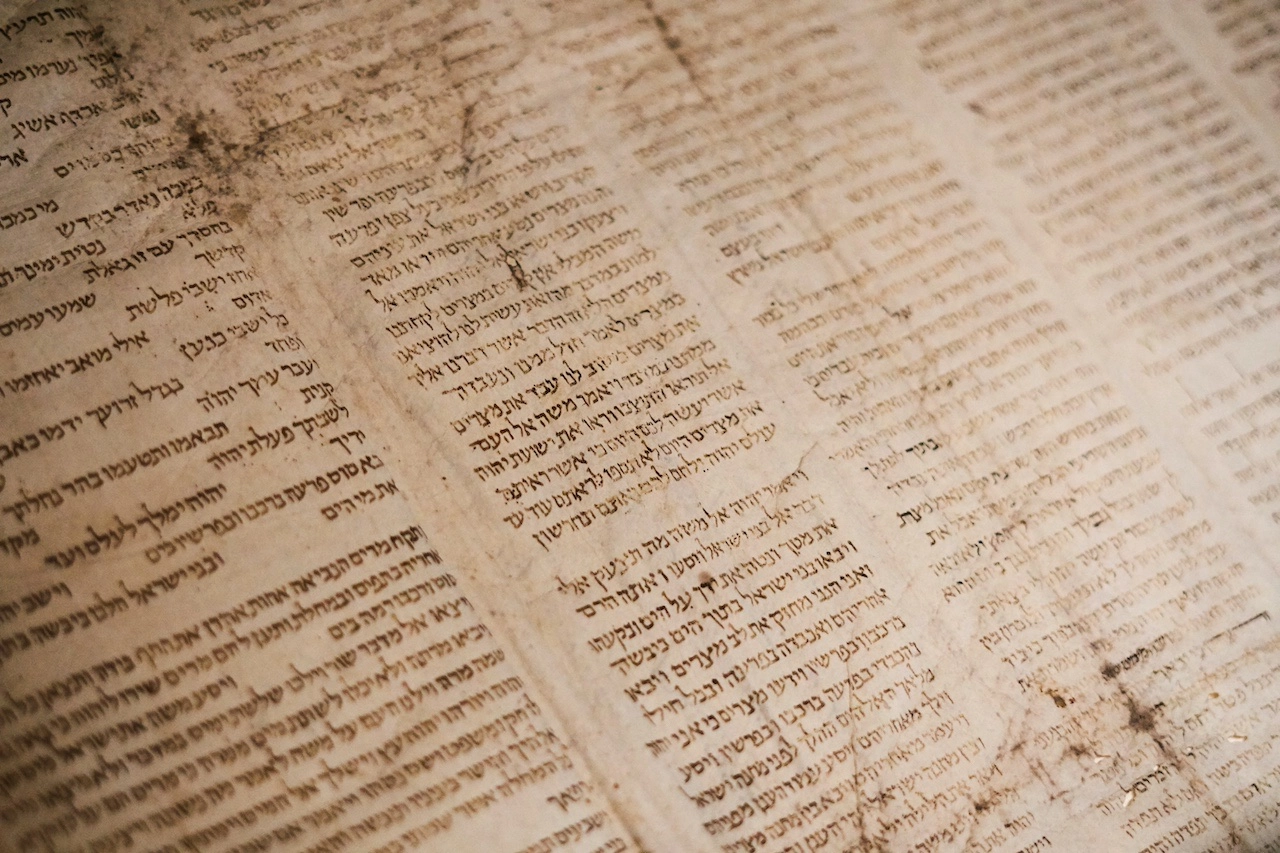
From the rudimentary sketches of ancient civilizations to the sophisticated digital maps of today, cartography has undergone a remarkable transformation throughout history. This intricate art form, dedicated to capturing the world's geography with precision and creativity, has played a pivotal role in shaping our understanding of the planet and its inhabitants.
Early Cartographic Endeavors
The earliest cartographic artifacts date back to the ancient civilizations of Mesopotamia and Egypt. These maps, often etched on clay tablets or papyrus scrolls, were primarily focused on depicting rivers, cities, and celestial bodies. While lacking the technical precision of modern maps, they reflected the growing awareness of the world's spatial relationships and the desire to navigate its vast landscapes.
As civilizations flourished, so did the art of cartography. The Greeks, with their keen interest in mathematics and astronomy, made significant advancements in mapmaking, introducing concepts like scale, projection, and symbology. Ptolemy, a renowned Greek geographer, produced his magnum opus, "Geographia," in the 2nd century CE, which became the standard cartographic reference for centuries to come.
The Dawn of Modern Cartography
The Renaissance, with its renewed emphasis on scientific inquiry and exploration, ushered in a golden age for cartography. European mapmakers, inspired by ancient knowledge and fueled by the spirit of discovery, began to produce more accurate and detailed maps of the world.
One of the most influential figures of this era was Gerardus Mercator, a Flemish cartographer who developed the Mercator projection, a revolutionary technique that accurately represented the shapes of landmasses on a flat surface. Mercator's maps, with their intricate details and aesthetic appeal, gained widespread popularity and became indispensable tools for navigators and explorers.
The Age of Exploration and Enlightenment
The Age of Exploration, marked by daring voyages across uncharted waters, further propelled the development of cartography. Mapmakers eagerly incorporated new geographical knowledge gained from these explorations, expanding the boundaries of their maps and refining their techniques.
In the 18th century, the Enlightenment brought a renewed focus on scientific rigor and accuracy in cartography. Cartographers adopted more sophisticated methods of surveying and measurement, resulting in maps that were increasingly precise and reliable.
The Advent of Modern Cartography
The 19th century witnessed the emergence of modern cartography, characterized by the application of advanced technologies and scientific principles. The invention of photography allowed for the creation of detailed topographical maps, while aerial photography revolutionized the mapping of large areas.
The development of computers in the 20th century further transformed cartography, enabling the creation of digital maps with unprecedented levels of accuracy, interactivity, and accessibility. Geographic Information Systems (GIS) emerged as powerful tools for analyzing and managing spatial data, providing valuable insights for a wide range of applications.
Cartography in the Digital Age
Today, cartography continues to evolve at a rapid pace, driven by advancements in technology and the ever-increasing demand for spatial information. Digital maps have become ubiquitous, integrated into smartphones, navigation systems, and countless online platforms.
The use of satellite imagery, remote sensing, and big data analytics has expanded the scope of cartography, allowing for the creation of highly detailed and dynamic maps that reflect real-time changes in the world around us.
The Enduring Legacy of Cartography
From its humble beginnings as a tool for navigation to its current status as an indispensable source of information, cartography has played a profound role in shaping human civilization. By capturing the world's geography with precision and creativity, cartographers have provided us with the means to explore, understand, and connect with our planet.
As we navigate the complexities of the 21st century, cartography remains an essential tool for addressing global challenges and shaping a sustainable future. Maps continue to guide our journeys, inform our decisions, and inspire our imaginations, reminding us of the interconnectedness of our world and the enduring legacy of this fascinating art form.
Related Posts
Benefits of Hiring a Certified Arborist in Salem, Oregon
Trees are a vital part of the landscape in Salem, Oregon, offering shade, beauty...
Read More
Creating Comfortable Worship Spaces with ChairsForWorship
A well-designed worship space is a cornerstone of any church, providing a welcom...
Read More
Mapping the Future: Envisioning the World with Cartography’s Guidance
Maps have long served as indispensable tools for navigating the world, providing...
Read More
Preserving the Past: Restoring and Digitizing Historical Maps
Across centuries, maps have served as invaluable tools for navigation, explorati...
Read More



